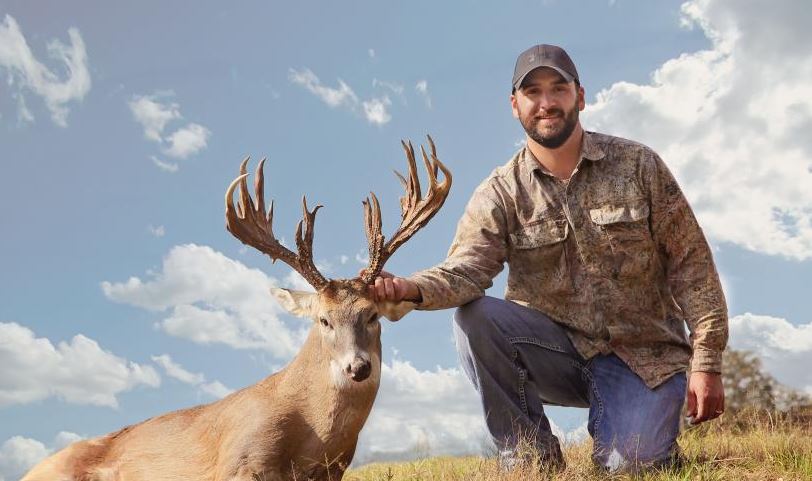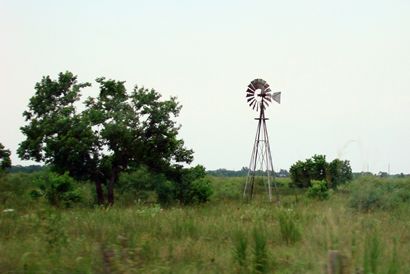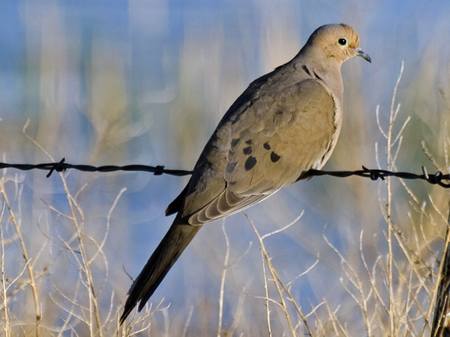Opening day was a bust. He went to his hunting spot again in Fannin County, Texas, on Sunday. Just after daylight, a lone doe came to his bait site and started feeding just 25 yards from where Sluder sat. Five minutes later, a young spike buck showed up with his nose to the ground and chased the doe into the nearby woods. “I had the thought that I should shoot that spike just because he was running the doe off, but I had a feeling the big buck was close by,” Sluder said.
Minutes later, the buck came in, obviously following the doe’s scent trail. He stopped at point-blank range, right where the doe had been feeding, raised his head and looked around for the doe. Jason Sluder was ready and shot the buck right behind the shoulder. “He turned and ran right at me and actually ran into my blind,” Sluder said. “He looked right at me when he was 5 feet away. It was crazy. He then stopped about 10 yards behind the blind, and I put another bullet in him. He fell right there.

“It was a surreal hunt for a surreal deer. I still did not know what I had. I knew the buck was big, but I was thinking 170s [Boone and Crockett score], maybe 180s. Never did I think the buck would be this big.”
The antlers have been officially scored for the Texas Big Game Awards, which uses the same scoring system at the Boone and Crockett Club. It’s the most widely recognized method for scoring North American big game. Sluder’s buck has 18 scorable points and nearly 50 inches of mass measurements. Most mature Texas bucks have about 30 to 32 inches of mass measurements. Sluder thinks the deer was 61/2 years old.
The official TBGA score is 2146/8 gross, 1996/8 net. The net score subtracts differences in the symmetry of typical measurements. Nontypical points are then added to arrive at the final score. TBGA allows scoring antlers as soon as the buck is taken. B&C requires a 60-day drying period before antlers can be officially scored for its record book.

